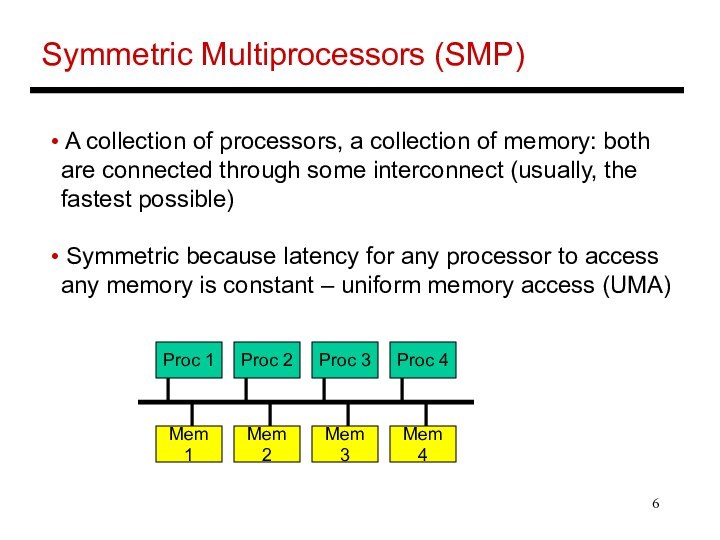spend time towards end of semester – more details
onsimulators in a few weeks
Grading:
50% project
20% multi-thread programming assignments
10% paper critiques
20% take-home final
FindSlide.org - это сайт презентаций, докладов, шаблонов в формате PowerPoint.
Email: Нажмите что бы посмотреть















Proc 1
Proc 2
Proc 3
Proc 4
Mem 1
Mem 2
Mem 3
Mem 4
Proc 1
Mem 1
Proc 2
Mem 2
Proc 3
Mem 3
Proc 4
Mem 4